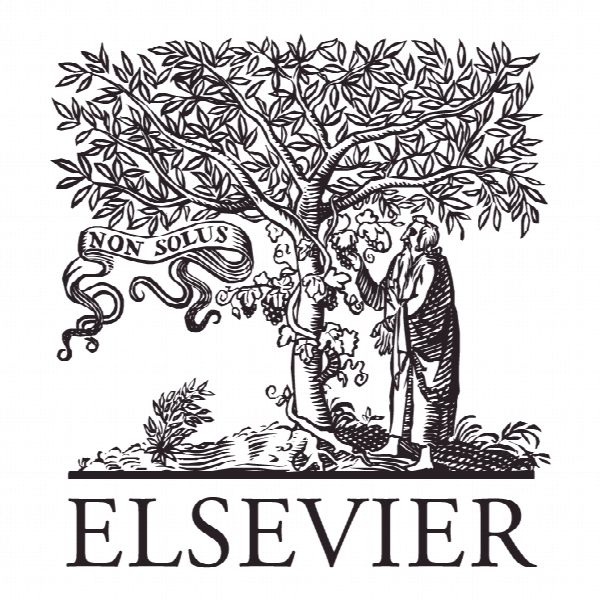انتخاب تامین کننده در صنایع غذایی فرآوری شده در شرایط نامطمئن Supplier Selection in the Processed Food Industry under Uncertainty
- نوع فایل : کتاب
- زبان : انگلیسی
- ناشر : Elsevier
- چاپ و سال / کشور: 2017
توضیحات
رشته های مرتبط اقتصاد، مهندسی صنایع و صنایع غذایی
گرایش های مرتبط مدیریت زنجیره تامین
مجله اروپایی تحقیقات عملیاتی – European Journal of Operational Research
دانشگاه Universidade do Porto, Portugal
نشریه نشریه الزویر
گرایش های مرتبط مدیریت زنجیره تامین
مجله اروپایی تحقیقات عملیاتی – European Journal of Operational Research
دانشگاه Universidade do Porto, Portugal
نشریه نشریه الزویر
Description
1. Introduction The importance of food supply chain management has been growing both at the industrial and scientific levels. The challenges faced in food supply chains are at the intersection of several disciplines and go beyond the traditional cost minimization concern. Particularly, in the process food industry, companies have to deal with higher uncertainties both upstream and downstream of the supply chain. These uncertainties are related to an ever increasing product variety, more demanding customers and a highly interconnected distribution network. This implies that companies operating in the process food industry need to manage the risk/cost trade-off without disregarding freshness, sustainability and corporate social responsibility issues (Maloni and Brown, 2006). Effective and efficient decision support models and methods for supply chain planning are critical for this sector that is the largest manufacturing sector in Europe with a turnover of 1,048 billion euros, employing over 4.2 million people (FoodDrink Europe, 2014). It is widely acknowledged that the standard tools for supply chain management perform poorly when applied to process food industries (Rajurkar and Jain, 2011). The characteristics of food supply chains are significantly different from other supply chains. The main difference is the continuous change in the quality of raw materials – from the time they are shipped from the grower to the time they are processed at the plant, and in the quality of final products – from the time they are shipped from the plant to the time they are consumed. Ahumada and Villalobos (2009) state that food supply chains are more complex and harder to manage than other supply chains. The shelf-lives of raw, intermediate and final goods together with the strong uncertainties in the whole chain challenge a good supply chain management and planning (Ahumada et al, 2012). Despite the relevant specificities of process food industries, the consideration of perishability, customers willingness to pay and risk management at the strategic and planning levels has been seldom addressed in the literature.


